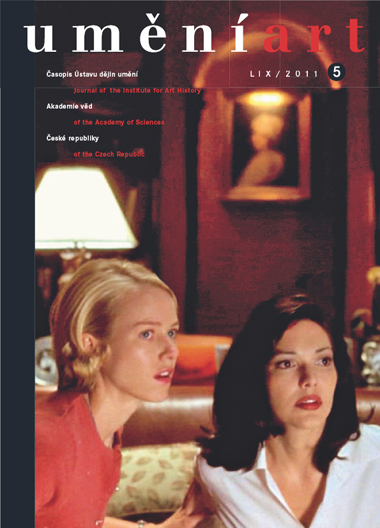Jindřich Vybíral
"Baron Spaun ist ja nicht der erste Beste." Die Arbeit Leopold Bauers für den Inhaber der Firma Johann Lötz Witwe
In 1879-1908 Max von Spaun was the owner of Johann Lötz Witwe Glassworks and turned it into the dominant glass-making businesses in Central Europe and one of the most important producers of Art Nouveau glass, with designs by top Austrian and German artists of the time, including the Viennese architect Leopold Bauer (1872-1938). Bauer began working with Spaun's glassworks in 1902, when the architect started using iridescent cobalt glass tiles in his interior designs. In 1903 Bauer allegedly began creating vase designs for Spaun, which the company showed at a number of exhibitions. The glass collection designed by Bauer won the Grand prix at the World's Fair in Milan in 1906. In 1902 Bauer also designed the renovation that was made to Spaun's villa in Klášterský Mlýn (Klostermühle) in western Bohemia in 1903-1905. There the young architect managed to create an even more modern living space design than in the early modern villas he had designed previously. Spaun's house had an English hall, but it did not have any traditional representational rooms such as a gentlemen´s room or salon. A spacious bedroom in the middle of the ground floor leading directly onto a terrace was made the villa's central space. Different rooms were grouped so that rather than forming a closed cube the two wings were open and perpendicular to each other. The exterior of the building was given a distinctive, asymmetrical design exhibiting a refined tension between abstemiousness and exuberant ornateness. The surfaces of the façades were done in coarse, unornamented stucco and lined with glass plates manufactured in Spaun's glassworks. In this design Bauer managed to steer clear of the various clichés resulting from the transformation of British reform impulses into decorative fashion. Instead of well-worn variations on the theme of folk or quasi-folk architecture he created new forms that, despite their modernity, did not come across as affected and in their mass and rustic style blended well with their natural environment.
Full-text in the Digital Library of the Czech Academy of Sciences:
https://kramerius.lib.cas.cz/uuid/uuid:bb55565b-72bd-54dc-1a46-298f76fa7149
< back

